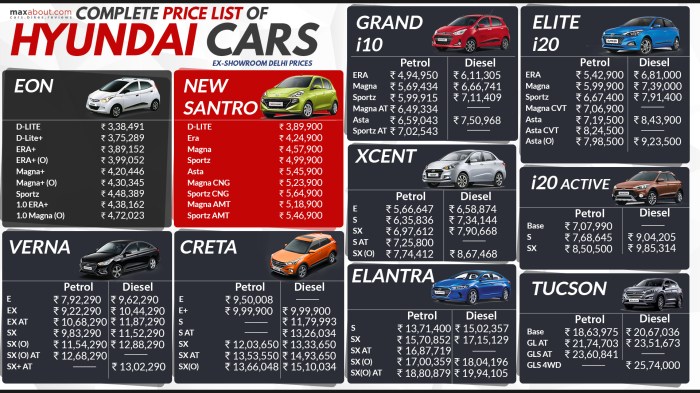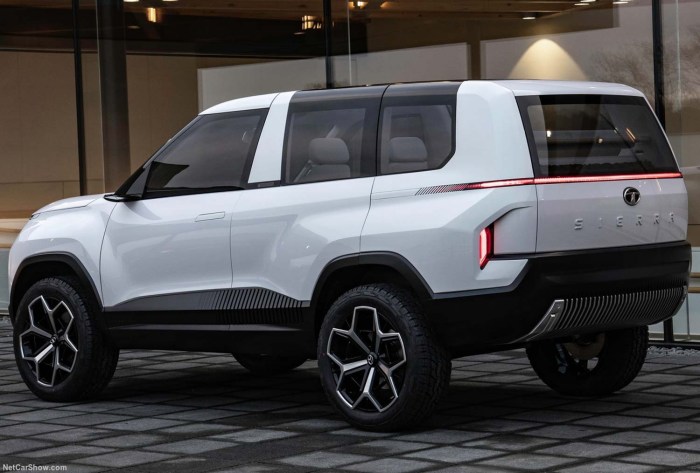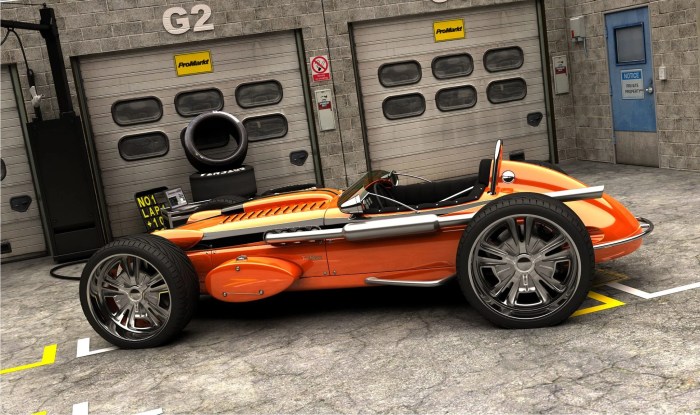7 New Car Price A Comprehensive Guide
Average 7-Year-Old Car Prices
7 new car price – Understanding the market value of a seven-year-old car is crucial for both buyers and sellers. This section delves into the average prices across different vehicle classes, exploring the factors that influence these prices and the depreciation rates observed.
Average Prices Across Vehicle Classes
The average price of a seven-year-old car varies significantly depending on the vehicle class. Sedans generally depreciate faster than SUVs, while trucks and minivans hold their value better due to their utility. Several factors contribute to this price variation within each class, including make, model, features, and mileage.
| Vehicle Class | Average Price (USD) | Depreciation Rate (7 years) | Factors Influencing Price |
|---|---|---|---|
| Sedan | $12,000 – $18,000 | 50-60% | Make, Model, Features (e.g., Navigation, Leather Seats), Mileage, Condition |
| SUV | $15,000 – $25,000 | 40-50% | Size, Fuel Efficiency, Features (e.g., All-Wheel Drive), Mileage, Condition |
| Truck | $18,000 – $30,000 | 30-40% | Size, Towing Capacity, Engine Type, Mileage, Condition |
| Minivan | $13,000 – $20,000 | 45-55% | Passenger Capacity, Features (e.g., Sliding Doors, Entertainment System), Mileage, Condition |
These are average figures and actual prices can fluctuate based on the specific vehicle’s condition and market demand.
Impact of Mileage on 7-Year-Old Car Prices
Mileage significantly impacts the price of a seven-year-old car. Higher mileage generally correlates with lower prices, reflecting increased wear and tear. However, a well-maintained high-mileage vehicle can still command a respectable price, especially with comprehensive maintenance records.
Mileage and Price Relationship
A chart illustrating this relationship would show a generally inverse correlation: as mileage increases, price decreases. However, the slope of this line varies depending on the vehicle class and condition. For instance, a luxury sedan with 100,000 miles might be priced lower than a comparable model with 60,000 miles, while the difference might be less pronounced for a rugged pickup truck.
High-Mileage vs. Low-Mileage Examples
Consider two comparable Honda Civics: one with 80,000 miles and another with 30,000 miles. The lower-mileage Civic will likely command a significantly higher price due to reduced wear and tear on the engine, transmission, and other components. This difference could range from $2,000 to $5,000 or more, depending on other factors.
Significance of Maintenance Records
Comprehensive maintenance records are invaluable in determining the price of a seven-year-old car. A meticulously maintained vehicle, even with high mileage, can fetch a higher price than a neglected vehicle with low mileage. This is because a documented history of regular servicing suggests that potential problems have been addressed proactively, reducing the risk for the buyer.
Regional Variations in 7-Year-Old Car Prices
Geographic location plays a significant role in determining the price of a seven-year-old car. Factors such as supply and demand, local taxes, and economic conditions contribute to these regional differences.
Regional Price Comparison
| Region | Average Price (USD) | Factors Influencing Price | Impact on Consumer Choices |
|---|---|---|---|
| East Coast | $14,000 – $22,000 (average) | Higher demand, potentially higher taxes, strong economy in certain areas. | Consumers may find fewer budget-friendly options. |
| Midwest | $12,000 – $19,000 (average) | Generally lower demand, potentially lower taxes in some areas, varied economic conditions. | Consumers may have more affordable choices. |
| West Coast | $15,000 – $24,000 (average) | High demand in certain areas, potentially higher taxes, strong economy in some regions. | Consumers may face higher prices, especially in popular metropolitan areas. |
These are broad generalizations, and prices within each region can vary widely based on specific location and market conditions.
Impact on Consumer Choices, 7 new car price
These regional differences influence consumer choices by affecting affordability and the range of available vehicles. Consumers in regions with higher prices may need to adjust their expectations or consider vehicles with higher mileage or fewer features to stay within their budget. Conversely, consumers in regions with lower prices may have more options and greater negotiating power.
Features and Options Affecting Price
The features and options included in a seven-year-old car significantly impact its resale value. Advanced safety features, luxury amenities, and technological upgrades all contribute to a higher price tag.
Impact of Car Features
- Navigation System: A built-in navigation system can add several hundred dollars to the price.
- Sunroof: A sunroof is a desirable feature that increases value.
- Leather Seats: Leather seats are often considered a premium feature, boosting the price.
- Advanced Safety Features: Features like lane departure warning, adaptive cruise control, and automatic emergency braking significantly increase value.
- Premium Sound System: High-quality sound systems can add value, especially in luxury vehicles.
Advanced Safety Features and Price

Source: maxabout.us
The presence of advanced safety features can significantly influence the price of a seven-year-old car. Buyers are increasingly prioritizing safety, leading to higher demand and prices for vehicles equipped with these technologies. A car with features like blind-spot monitoring and forward collision warning will typically command a higher price than a comparable model without these features.
Basic vs. Premium Options
The price difference between a seven-year-old car with basic features and one with premium options can be substantial. A well-equipped luxury sedan might cost thousands of dollars more than a similarly aged base model, even if both have similar mileage and condition. This difference reflects the value buyers place on these extra features and amenities.
Condition and Maintenance History

Source: gaadiwaadi.com
The overall condition of a seven-year-old car and its maintenance history are paramount in determining its price. A well-maintained vehicle with a clean history will fetch a much higher price than a neglected car with a history of repairs.
Impact of Car Condition
A car’s overall condition—including the paint, interior, and mechanical components—significantly affects its resale value. Minor imperfections like scratches or minor wear and tear are expected, but major damage like dents, rust, or significant interior wear can significantly reduce the price. Similarly, mechanical issues, even minor ones, can lead to price reductions as buyers may factor in potential repair costs.
Determining the average price of 7 new cars can be tricky, varying greatly depending on the make and model. For example, if you’re considering a BMW, you might want to check the current market value; you can find information on the 328i new car price to get a sense of pricing within that specific range. Ultimately, understanding the 7 new car price requires considering a range of factors beyond just the model.
Importance of Maintenance History
A comprehensive maintenance history report is crucial for establishing a fair price. This report documents all servicing, repairs, and replacements performed on the vehicle. A complete and well-maintained history increases buyer confidence and can justify a higher price, even if the mileage is relatively high.
Specific Maintenance Issues and Price
Specific maintenance issues, such as engine problems, transmission issues, or a history of accidents, can significantly impact the price. A car with a documented history of major repairs might be priced considerably lower than a comparable vehicle with a clean maintenance record. Buyers will factor in the cost of potential future repairs, reducing their offer accordingly.
Comparing 7-Year-Old to New Car Prices
Comparing the price of a seven-year-old car to a comparable new model highlights the significant cost savings associated with buying a used vehicle. However, it’s essential to consider potential long-term costs associated with owning an older car.
Price Difference Comparison
| Model | New Car Price (USD) | 7-Year-Old Price (USD) | Price Difference (USD) |
|---|---|---|---|
| Honda Civic | $26,000 | $14,000 | $12,000 |
| Toyota RAV4 | $30,000 | $18,000 | $12,000 |
| Ford F-150 | $45,000 | $25,000 | $20,000 |
Note: These are illustrative examples and actual prices may vary based on trim level, features, and location.
Cost Savings and Long-Term Costs

Source: silodrome.com
Purchasing a seven-year-old car offers substantial cost savings compared to buying new. However, it’s crucial to consider the potential for increased maintenance and repair costs. While a new car is under warranty, a seven-year-old car will likely require more frequent maintenance and may experience more significant repairs. These potential costs should be factored into the overall purchase decision.
Helpful Answers: 7 New Car Price
What are the typical financing options for a new car?
Typical financing options include loans from banks, credit unions, and dealerships. Interest rates and loan terms vary depending on credit score and the lender.
How do incentives and rebates affect the final price?
Manufacturer incentives and dealer rebates can significantly reduce the final price. These offers change frequently, so it’s essential to check current promotions.
What is the average lifespan of a new car?
The average lifespan of a new car depends on maintenance and driving habits, but generally ranges from 15 to 20 years.
What are the hidden costs associated with buying a new car?
Hidden costs can include taxes, fees (title, registration, documentation), extended warranties, and add-on products offered by the dealership.





















